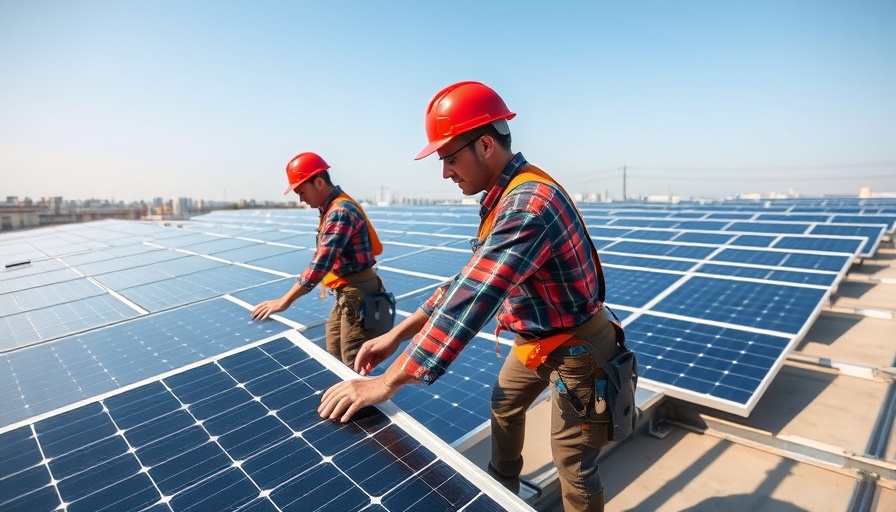
Solar Industry Boom and Decline in Southeast Asia
Southeast Asia has rapidly transformed into a crucial player in the global solar power industry over the past decade. Driven mainly by the influx of Chinese manufacturers relocating their production to escape US tariffs, countries like Malaysia, Vietnam, Thailand, and Cambodia have become major hubs for solar component production.
The Challenges of Rising Tariffs
However, this thriving export market now faces significant turmoil—escalating tariffs imposed by the US government are beginning to bite. What once seemed like a booming industry is now under threat as these unprecedented tariffs have disrupted trade and forced companies to rethink their strategies in the region.
The Impact of Trade Relations on Solar Production
Historically, in 2012, US import tariffs targeted Chinese solar manufacturers, prompting a decisive shift in their production strategies. To bypass these tariffs, these companies established factories throughout Southeast Asia, establishing nearly 40 percent of the world's non-Chinese solar module manufacturing capacity. As of early 2024, more than 80 percent of US imported solar equipment came from these four countries. Unfortunately, recent policy changes have intensified the pressure on this growing sector.
The Roaring Trade Wars and Their Aftermath
The recent removal of a two-year tariff exemption by US President Joe Biden has raised new barriers, primarily affecting companies linked to China. Tariffs soaring as high as 3,521 percent for certain suppliers take a severe toll on production output, forcing manufacturers like Trina Solar and Jinko Solar to scale back or even relocate further to countries like Indonesia and Laos, which are currently tariff-exempt.
Contextualizing the Solar Investment Landscape
In addition to the immediate threats posed by trade tensions, Southeast Asia's solar sector is intertwined with a broader economic strategy. In 2023, investments in the region soared to around $17.6 billion, emphasizing the global interest in renewable energy solutions. As industries push for sustainable alternatives, the stakes in the solar market have never been higher.
Future Predictions and Opportunities
As the landscape of global trade continues to evolve, the future for Southeast Asia’s solar manufacturers may hinge on their ability to adapt. While the immediate outlook appears challenging, opportunities may arise in fostering local production capabilities and pivoting toward other international markets beyond the US.
The Broader Implications for Renewable Energy
This situation serves as a microcosm of larger shifts in the renewable energy landscape. Countries worldwide are navigating the intricate balance of balancing trade relationships while pursuing climate goals, making this a critical moment for sustainable development initiatives.
Closing Thoughts on Sustainability in Solar
In light of these developments, it is critical for Southeast Asia to maintain its stronghold as a solar power hub while embracing sustainability practices and innovative solutions. The ability to stay competitive while contributing to global efforts in green energy could cement Southeast Asia’s role in the renewable energy market for years to come.
 Add Row
Add Row  Add
Add 



Write A Comment